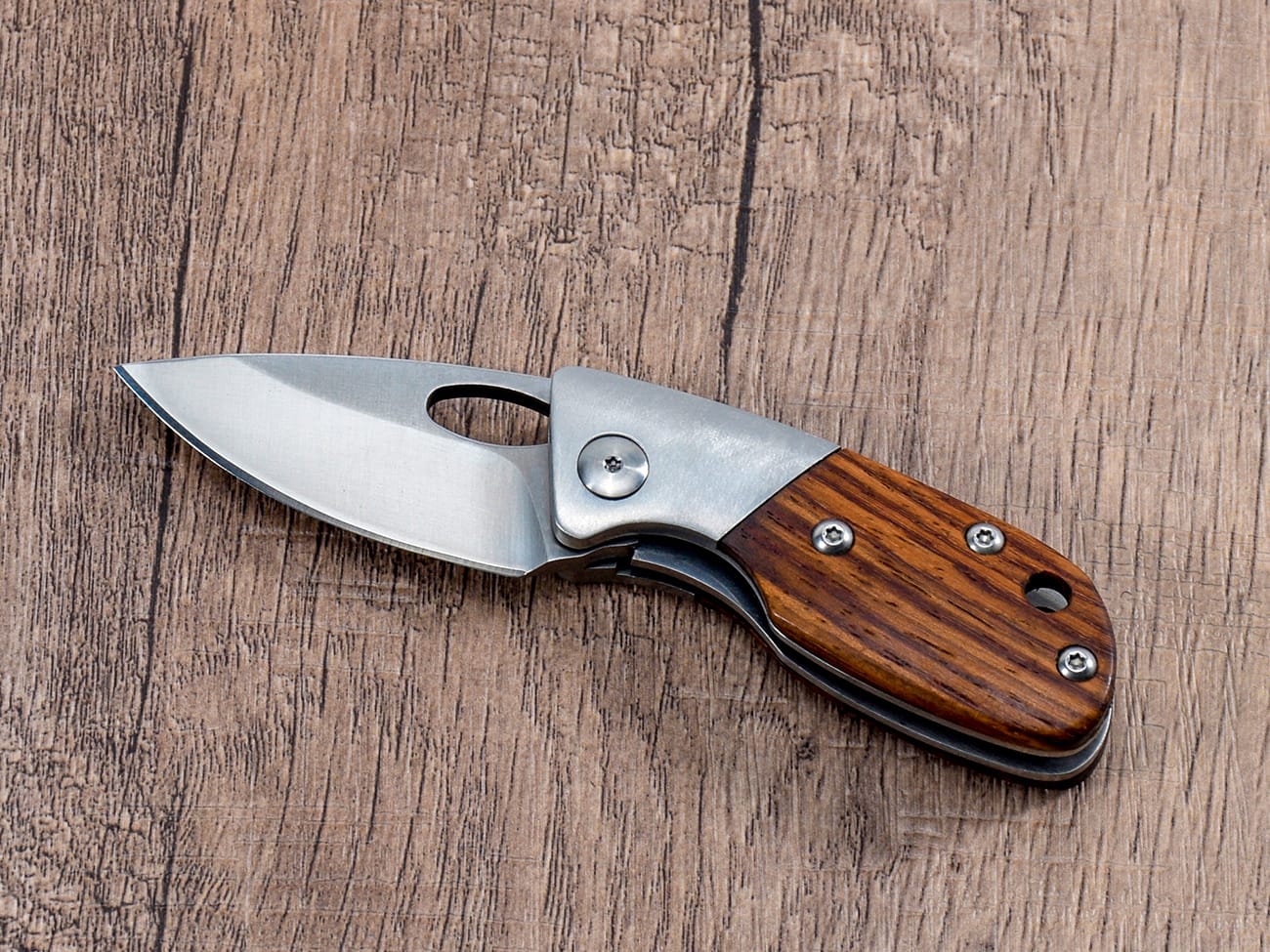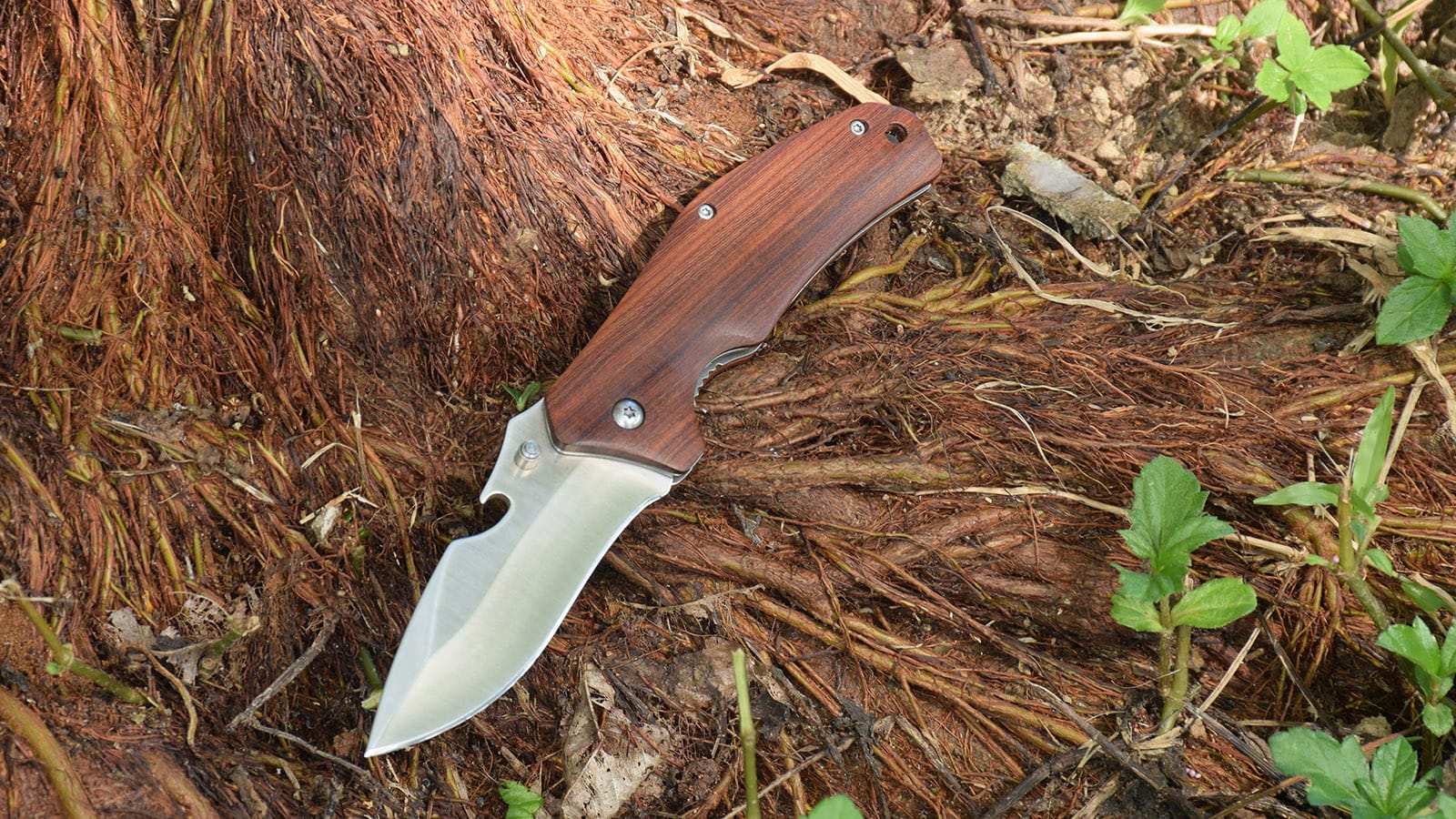Planning to cross the Canadian border with your pocket knife? This comprehensive guide will help you understand the complex regulations around bringing knives into Canada, what’s allowed and prohibited, and how to avoid confiscation at the border. Whether you’re traveling for camping, hunting, or everyday carry (EDC), knowing these rules is crucial for a smooth border crossing experience.
What Types of Knives Are Legal to Bring Into Canada?
The Canadian Border Services Agency has specific regulations about which knives can be legally brought across the border. Generally, folding knives with basic locking mechanisms are permitted, provided they:
- Don’t open automatically
- Cannot be opened by gravity or centrifugal force
- Are not designed primarily as weapons
Prohibited Knives That Will Be Seized at the Canadian Border
The following types of knives are strictly prohibited and will be confiscated by border agents:
- Butterfly knives (balisongs)
- Switchblades
- Gravity knives
- Any blade that opens automatically
- Push-button opening mechanisms
- Knives disguised as other objects
How to Declare Your Pocket Knife at the Border
When crossing into Canada with a legal pocket knife, follow these steps:
- Always declare your knife to the border agent
- Be prepared to explain its intended use
- Keep the knife easily accessible for inspection
- Have documentation if it’s a valuable custom piece
Understanding Canadian Knife Laws vs. U.S. Regulations
The differences between Canadian and U.S. knife laws can be significant:
- Canada focuses on opening mechanisms
- The U.S. often regulates blade length
- Canadian laws emphasize intended use
- Provincial regulations may vary

A typical EDC folding knife with wooden handle and liner lock mechanism
What to Do If Your Knife Is Questioned at the Border
If a border agent questions your EDC knife, remain calm and:
- Be honest about its intended use
- Offer to demonstrate the opening mechanism
- Show that it’s a tool, not a weapon
- Be prepared to surrender it if necessary
Tips for Traveling with Pocket Knives in Canada
To ensure a smooth border crossing experience:
- Choose a simple folding knife design
- Avoid tactical-looking features
- Pack the knife in easily accessible luggage
- Carry documentation for expensive knives
Common Misconceptions About Bringing Knives to Canada
Many travelers misunderstand Canadian knife laws. Here are some clarifications:
- Blade length isn’t the primary concern
- Lock type usually doesn’t matter
- Purpose and mechanism are key factors
- Fixed blades aren’t automatically prohibited
Provincial Variations in Canadian Knife Laws
Remember that knife regulations can vary by province:
- Toronto has stricter carrying regulations
- BC may have different interpretations
- Quebec has specific concealment rules
- Always check local laws
When to Leave Your Knife at Home
Sometimes it’s better to leave your knife behind, especially if:
- It has any automatic opening features
- The design looks too tactical
- You’re unsure about its legality
- It’s valuable and you fear confiscation
Key Takeaways for Border Crossing with Pocket Knives
- Always declare your knife
- Choose simple, non-threatening designs
- Understand prohibited mechanisms
- Be prepared for inspection
- Know your knife’s specifications
- Research provincial regulations
- Have a backup plan if denied entry
Remember, while Canada allows many types of pocket knives, it’s crucial to understand and follow their regulations to avoid problems at the border. When in doubt, choose a simple traditional pocket knife design or consider leaving it at home.




